Reading Time: 4 minutesIn today’s fast-paced world, mobile app caching has become essential. Whether you’re checking the weather or scrolling through social media, caching is doing the heavy lifting behind the scenes.
But here’s the real question: How do apps load data so quickly?
The answer is simple: smart caching strategies. 🎯
Think about it for a moment. You’re on a flight with no WiFi. Yet Spotify is still playing your favorite playlist.
Similarly, you’re driving through a tunnel. But Google Maps keeps navigating perfectly.
Meanwhile, your Instagram feed loads instantly. Even on a slow 3G connection.
This isn’t magic. Instead, it’s intelligent caching at work.
In today’s mobile-first world, users have zero patience. If your app takes more than 3 seconds to load, 53% of users will abandon it. That’s more than half your potential users—gone.
The apps that dominate the market cache intelligently. Therefore, here’s everything you need to know.
📌 What Is Caching?
Caching stores copies of files in temporary storage locations. As a result, it reduces access time significantly.
Instead of fetching data repeatedly, apps use cached copies. Consequently, they retrieve images and text without constantly querying servers.
💡 Why Caching Is Crucial for Mobile Apps
⚡ 1. Speed & Performance
First and foremost, users expect instant loading.
Without caching, apps send server requests every time. This naturally slows everything down.
However, caching stores data locally. Therefore, it enables faster access and smoother UX.
📶 2. Offline Functionality
Mobile apps face varying network conditions. For instance, they might encounter fast Wi-Fi or no connectivity at all.
Fortunately, cached data lets apps function offline. As a result, users can view previously loaded pages without real-time updates.
🖥️ 3. Reducing Server Load
Every direct server request creates strain. This is especially true during peak times.
However, caching serves data directly from cache. Consequently, it improves app performance. It also lowers backend system demands.
🔋 4. Improved Battery Life
Fetching server data consumes significant power. This is particularly problematic with constant requests.
On the other hand, caching reduces network access frequency. Thus, it saves battery life. This is critical for mobile apps.
💰 5. Cost Efficiency
Apps relying on cloud services face mounting costs. Constant data retrieval adds up quickly.
However, caching reduces repeated cloud queries. As a result, it lowers operational costs. This is especially beneficial for high-traffic apps.
📱 Real-World Examples
Spotify Example
First, music is cached locally on your device. Then, you can continue listening without internet. Ultimately, the app functions without any network connection.
📸 Instagram Example
First, posts from followers are cached locally. Therefore, you can scroll through your feed quickly.
Additionally, profile details are cached. Furthermore, comments are stored for faster display. As a result, there’s no constant content refresh needed.
🛠️ How Caching Works in Mobile Apps
1️⃣ Memory Caching (RAM)
What it is: Memory caches store data temporarily in RAM.
Notably, this is the fastest type of caching. The data is directly accessible from memory.
Therefore, it’s ideal for small pieces of data. For example, user preferences or session information.
However, it’s not permanent. In fact, data is lost when the app closes.
2️⃣ Disk Caching (Storage)
What it is: Disk caching stores data on the device’s storage.
Unlike memory caches, this data persists when the app is closed. Thus, this is useful for storing larger resources. Such as images, videos, and documents.
However, disk caches are slower to access. This is because reading from storage takes more time than from RAM.
3️⃣ Persistent Caching (Databases)
What it is: Persistent caching stores data across sessions.
Consequently, it allows users to continue where they left off. Even if the app closes or the device restarts.
Commonly, this is used for apps that need to persist user data. Technologies like SQLite or Realm are often used.
📄 Google Docs Example:
- First, documents are cached on your device
- Then, you can access and edit documents offline
- Next, changes sync with the cloud when you’re online
- Finally, you continue where you left off
4️⃣ Network Caching (HTTP)
What it is: Network caching temporarily stores data from external servers.
Use Case: Apps depending on online data. For example, weather apps and news apps.
Tools: Retrofit and Volley for Android. NSURLCache for iOS.
Benefit: Retrieve from cache instead of making a new network call.
🌤️ Weather Apps Example:
- First, AccuWeather caches forecasts
- Then, you can check weather without fetching new data
- As a result, it reduces server load and improves speed
✅ Best Practices for Mobile App Caching
1. Cache Wisely
First, store frequently-used or static data. For example, images and static info.
However, avoid caching dynamic data. Such as stock prices or social posts.
Ultimately, only cache what makes sense.
2. Set Cache Expiry
Clear cached data after a certain period. This way, you prevent stale data confusion.
For example, weather data is valid for only a few hours.
3. Use Compression
Save storage space. Improve performance.
This is especially helpful for images, videos, and documents.
4. Implement Cache Validation
Ensure cached data is up-to-date.
Specifically, validate with the server using ETags. Consequently, you maintain data accuracy.
5. Handle Cache Failures Gracefully
Fallback to the server if cache is empty or corrupt.
This way, you prevent app crashes. You also ensure smooth error handling.
🔒 Bonus Tip
NEVER cache sensitive data. Such as passwords or payment info.
Alternatively, encrypt it if caching is necessary.
🎯 The Bottom Line
Caching is a game-changer for mobile app performance.
Specifically, it delivers:
- Lightning-fast speed
- Offline functionality
- Reduced server load
- Extended battery life
- Lower operational costs
- Seamless user experience
As mobile developers, understanding caching is key. It helps you create fast, efficient apps.
Moreover, strategic caching keeps users coming back.
Remember: Every millisecond matters in mobile UX. Cache strategically. Your users will thank you.
💬Jump into our new LinkedIn thread on How Caching Makes Mobile Apps Faster and add your experience.
Also read our last article: React Native Upgrade: 0.74 to 0.77 Guide.

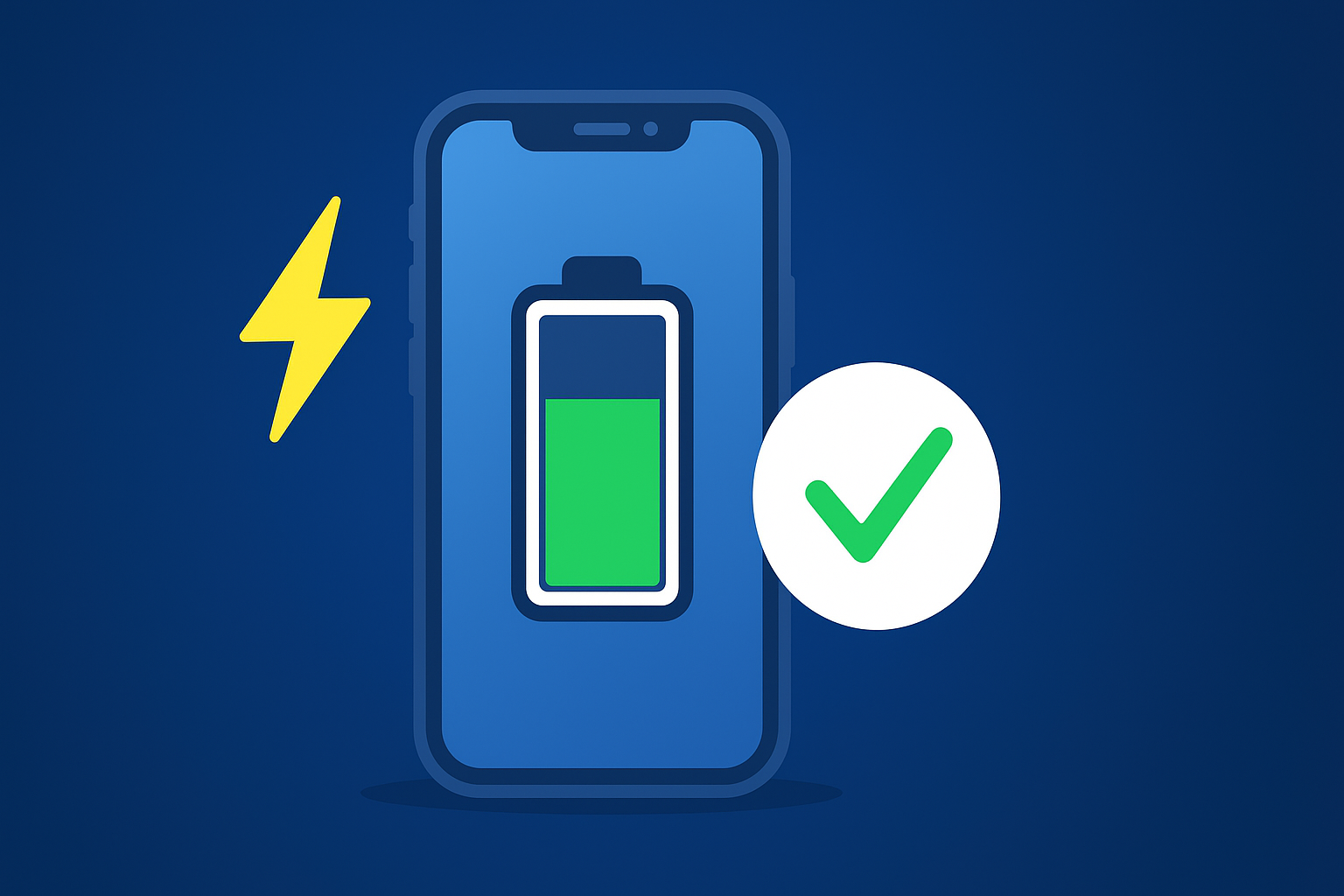
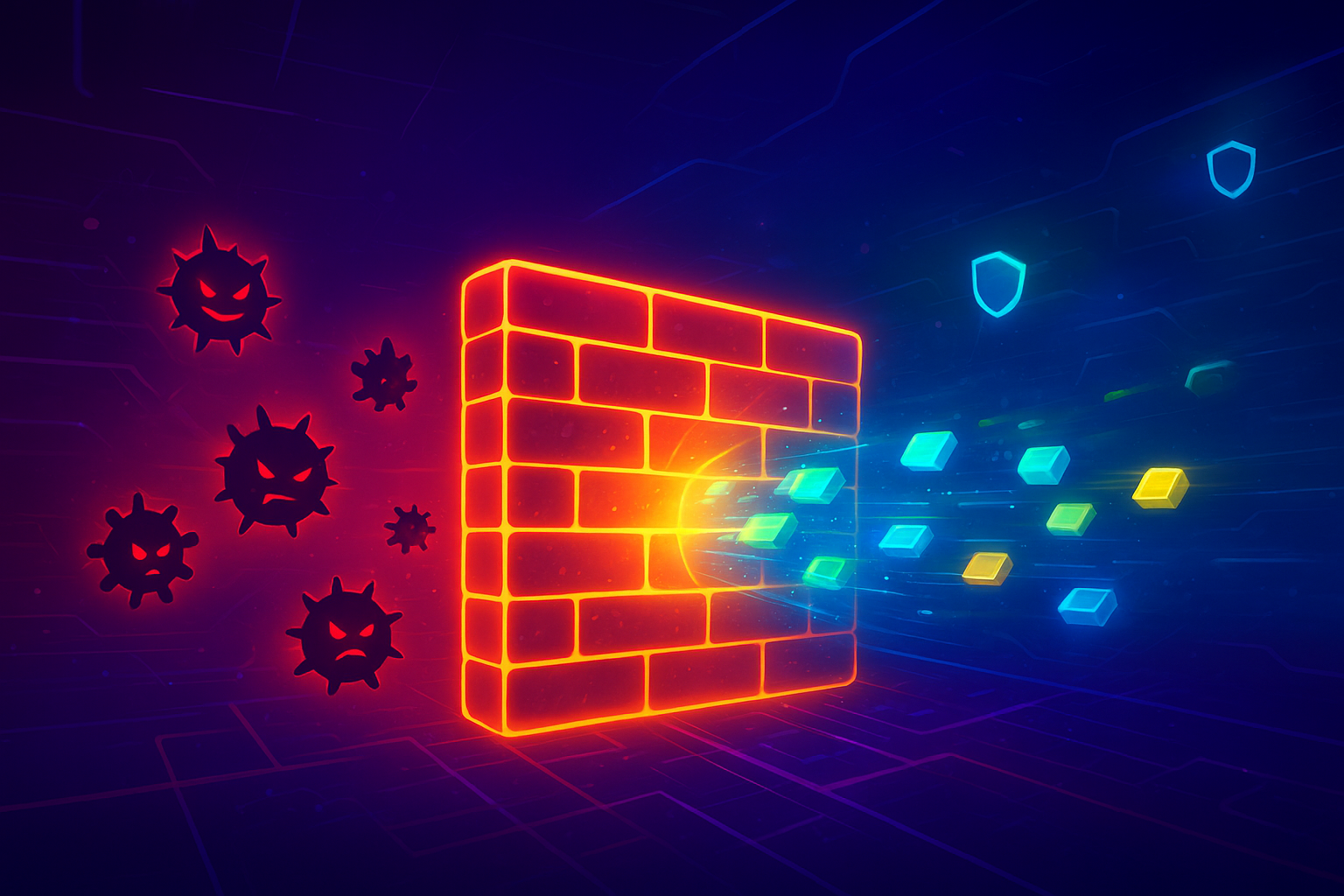
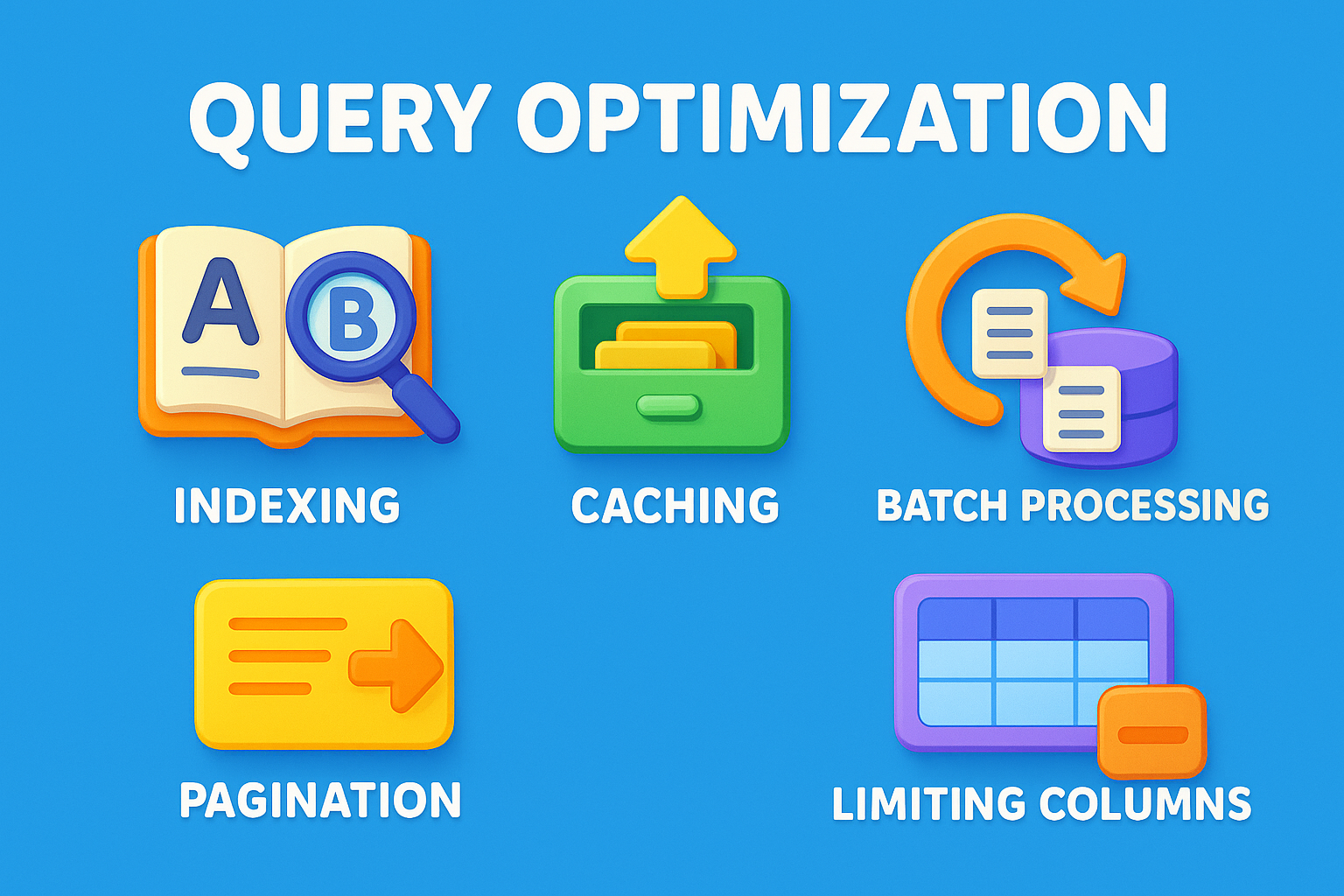
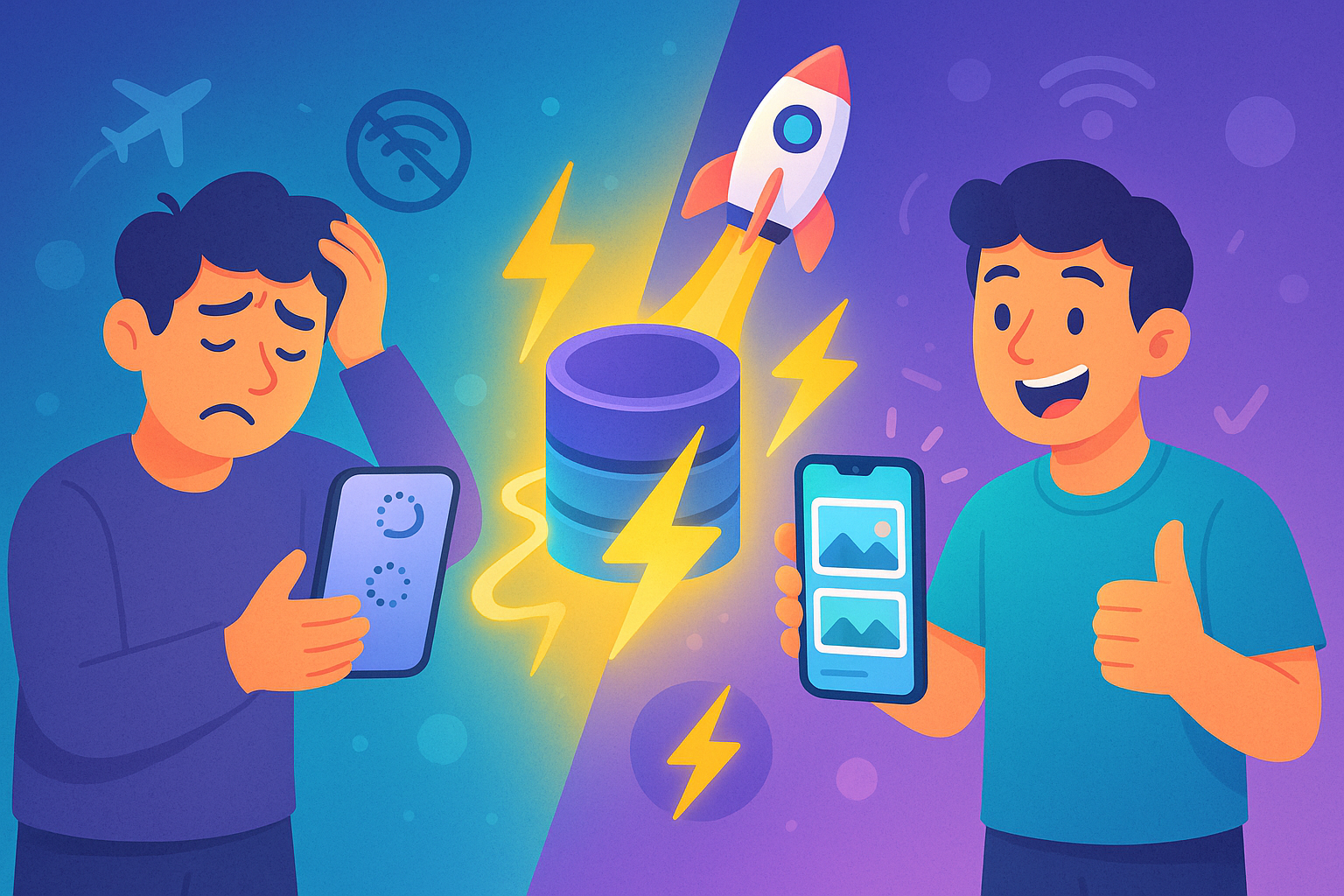
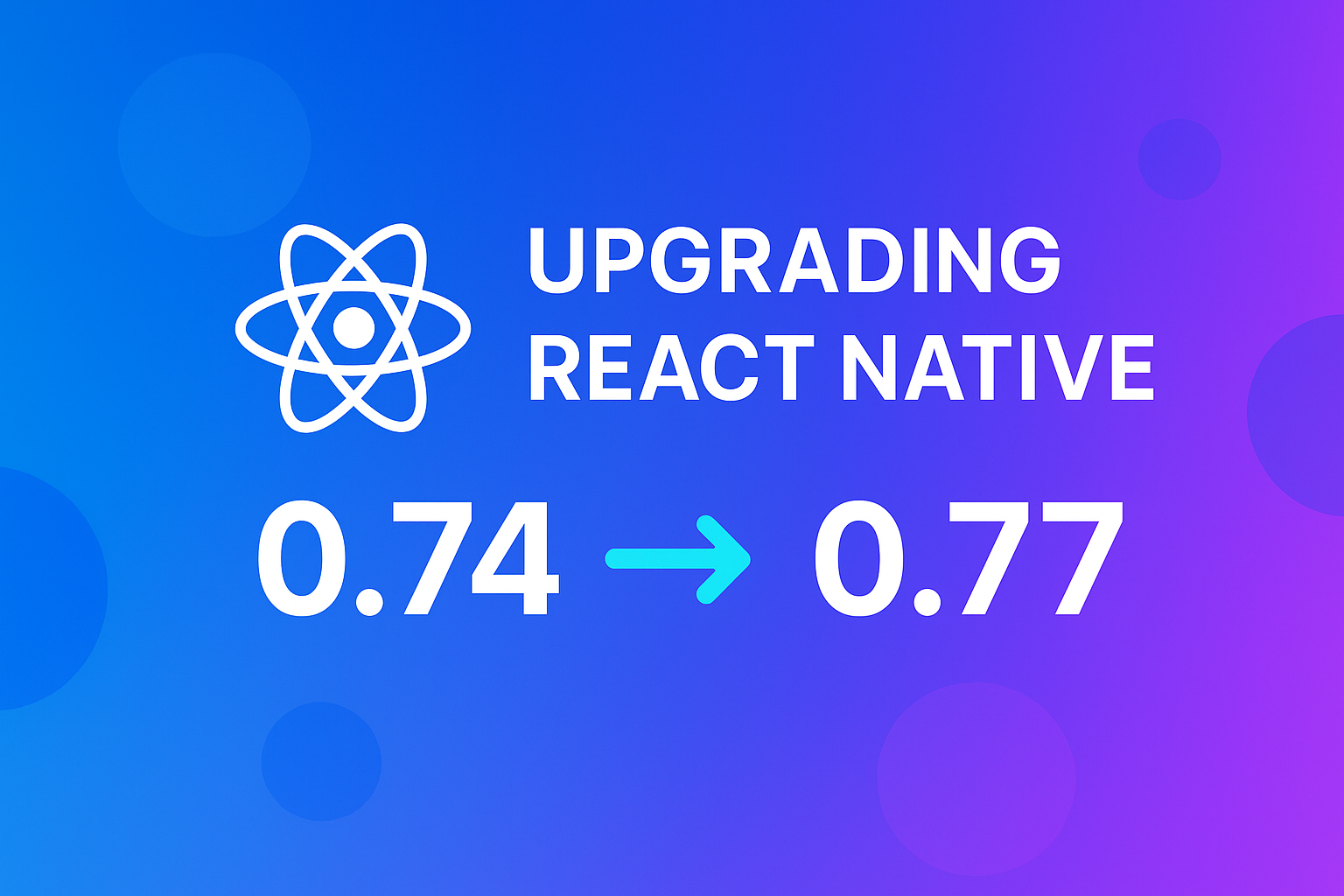
Leave a Reply
You must be logged in to post a comment.